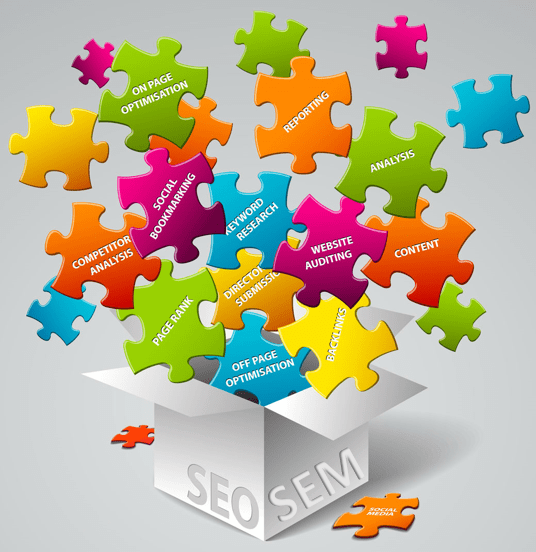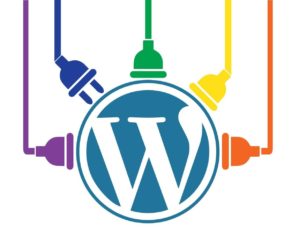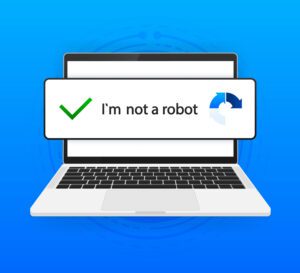If you have a website, you probably have heard of terms like SEM and SEO and may be wondering what the difference is, as they both sound alike!
So, what are they?
Firstly, SEM is Search Engine Marketing
Search Engine Marketing is a form of paid marketing which website owners utilise to increase their website position on search engines like Google.
The most common type of Search Engine Marketing is Google AdWords, which is Google’s paid advertising realm. There are obviously a lot of aspects to paid advertising that we could go into, but the basic idea behind paid advertising through Google is to give your site visibility in the Google Ads section on the left side of Google and along the top.
When setting up campaigns, you will be able to specifically target your ads by scheduling ads to appear at certain times of the day, choose the location of your audience for specific targeting, set a cost per click and change daily budgets. If your ad isn’t clicked on when it’s displayed, you won’t pay either!
Once someone has gone through the training for Google AdWords, they normally receive an accreditation from Google, so if you’re thinking of search engine marketing, you’re best off getting an expert who knows the ins and outs of AdWords to manage your campaigns for you, although there are a lot of articles online that will help you with this.
Secondly, SEO is Search Engine Optimisation
Search Engine Optimisation is the process of optimising your website content, images and elements to increase your website ranking through search engines. Normally, you can do some basics yourself through content management systems like WordPress and various others, but some people prefer to pay experts in this field do this for them, so that they know that they are getting the best visibility online. The cost of SEO varies quite a bit from company to company and there is no set cost for this.
There are two main aspects to your website content; the content itself and the images on your website.
Website Content:
When a website is displayed on Google and other search engines, the search engines find websites by the content on the site. When modifications are made to content, it’s usually best to think of target audiences and ask yourself what you would search for when looking for your website, then tailor your content to suit this, as this is the key to your website being found.
Website Images:
When it comes to images displayed on Google Image searches, images will be found through Alt Tags, which are small descriptive words placed in behind images to increase visibility on Google. If you use a content management system like WordPress, normally when you insert an image into your website, you can fill out various fields describing the image. One field you’ll be able to fill out will be an Alt Tag. Place in a description about the image here, so Google will find your image in an image search for that particular description.
Other Aspects of SEO:
Content management systems like WordPress also have other options that can be changed to improve SEO.
These include:
- SEO Title: This is essentially the page title that Google reads.
- Slug: These are the keywords that appear after your site URL for the page. For example, if you filled out “Australia” here, the link to this page would look something like: www.yourwebsite.com/australia.
- Meta Description: The description about the page that Google also will pick up and may display in Google Search results.
- Tags: These are keywords about the page which help Google identify the page content.
- Focus Keyword: The main keyword to which your page content is about.
- H1 & H2 Heading Styles: Using Heading styles like, H1 and H2 on headings in your page content will enhance your SEO as they stand out to Google.
If you want more assistance with SEM or SEO, contact us today.
